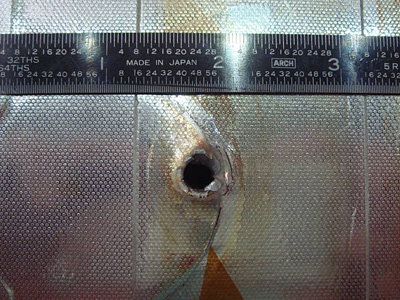I mean, she's pretty, but just a little big-boned







 I believe it is the same one I was thinking about, where the guys with the slide
rules screwed the pooch
I believe it is the same one I was thinking about, where the guys with the slide
rules screwed the pooch and the soft landing turned into a spacecraft surface
impact penetration depth experiment instead. After that faux pas, then funding got cut and the mission was cancelled. But the spare probe was
reworked and launched (finally) to complete the mission, if I have the story right.
and the soft landing turned into a spacecraft surface
impact penetration depth experiment instead. After that faux pas, then funding got cut and the mission was cancelled. But the spare probe was
reworked and launched (finally) to complete the mission, if I have the story right.
| Quote: |
| Quote: |
 The probe is indeed solar-powered; at its current latitude, the panels will produce about a kilowatt-hour per sol
(Martian "day"), if I'm remembering correctly from last night's coverage. (A quick Google search isn't turning up the exact figure.)
The probe is indeed solar-powered; at its current latitude, the panels will produce about a kilowatt-hour per sol
(Martian "day"), if I'm remembering correctly from last night's coverage. (A quick Google search isn't turning up the exact figure.)




| Quote: |

| Quote: |






| Quote: |
| Quote: |
| Quote: |

| Quote: |
 >>>
>>>| Quote: |



 What makes her go ?
What makes her go ?
| Quote: |

Quote: Originally posted by phlogiston  |

| Quote: |


Quote: Originally posted by Magpie  |
Quote: Originally posted by neptunium  |
Quote: Originally posted by neptunium  |
Quote: Originally posted by neptunium  |
Quote: Originally posted by Magpie  |
Quote: Originally posted by Magpie  |
Quote: Originally posted by woelen  |
Quote: Originally posted by Fennel Ass Ih Tone  |
